A number of stories were written this month about something we take very seriously here at PurseBop: the retail experience. We’ve addressed it a few times in different contexts here and here (Read: Handbag Shopping -Does More Browsing Increase Satisfaction and Department Stores are Damaging Handbag Sales).
Technology has completely revolutionized the shopping experience. You can order something online and have it arrive at your door in hours. You can pick through every color and style without having to leave your couch. But, luxury brands have been slow to respond. They’re caught in a tough spot. On the one hand, they represent exclusivity – if everyone could order a Birkin with three clicks, they’d be everywhere in a matter of days. On the other hand, the lifestyles of their clients are dramatically changing. How companies strike a new balance between these tensions in the digital age might end up defining the winners and losers over the next few decades.

@chie.072518
Brands like Hermes have been extremely slow to promote online shopping. They pride themselves on cultivating an endearingly mysterious in-store experience, and along with other luxury leaders, have expanded the reach of their stores across the globe. But as renowned industry analyst Luca Solca acknowledges in a Business of Fashion feature that these stores all look the same. As he puts it, they lack “an authentic backstory”, and “fail to relate to anything emotive about the brand and its DNA.” As the percentage of revenue in the industry attributable to purchases by travelers increases, it’s becoming harder to satisfy their desire for novelty. So a company like Hermes or Chanel is stuck in an odd place. They don’t really want to go full-on e-commerce since that’ll dilute the brand, but their customers are also increasingly dissatisfied with the in-store retail experience.

@happybaggage

@loveisluxe
Solca proposes that luxury brands engage in “counter-standardization”: they should make each store unique and cater to that locale’s clientele. We definitely agree. Not only would this increase foot-traffic from travelers who may not want to waste time at basically the same store they have in their hometown, but it would also obviously serve domestic clients.
Another alternative is to bring tech to the in-store experience. We just wrote about Hermes’s proposal to build a unique environment in the Meatpacking District in New York City catered to millennials and potential visitors to the surrounding area which includes the new Whitney Museum (Read: Hermes Heads to the Meatpacking District). The store aims to be much more interactive than the standard, stuffy Hermes flagship. This is definitely a step in the right direction, but it’s still a few years away. And it’s only one store. Other brands might not have so much time to re-invent themselves. We agree with Luca, they better start soon.
Updated: June 1st, 2017



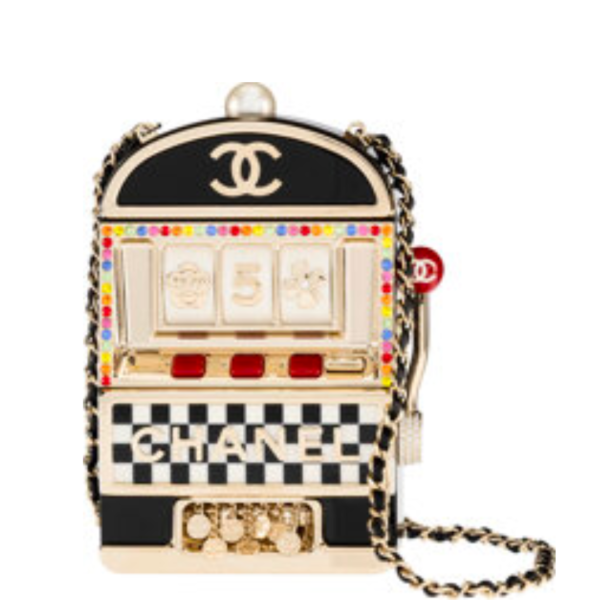
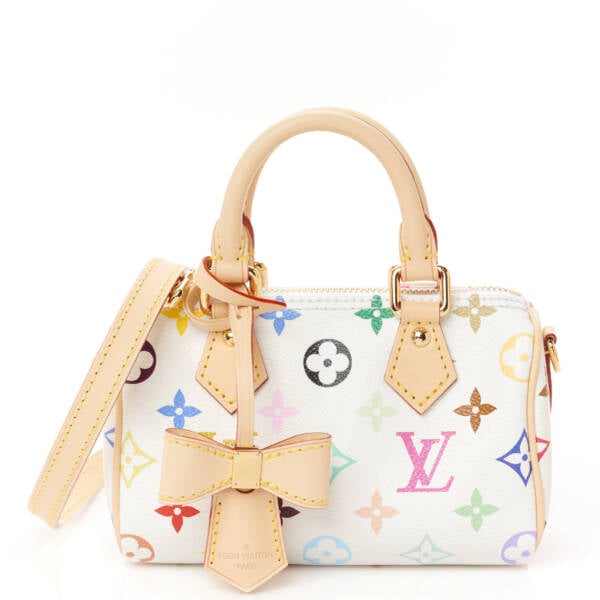
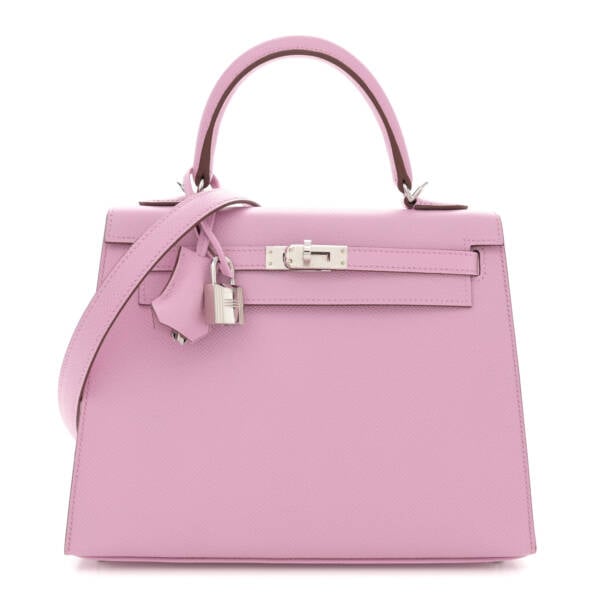
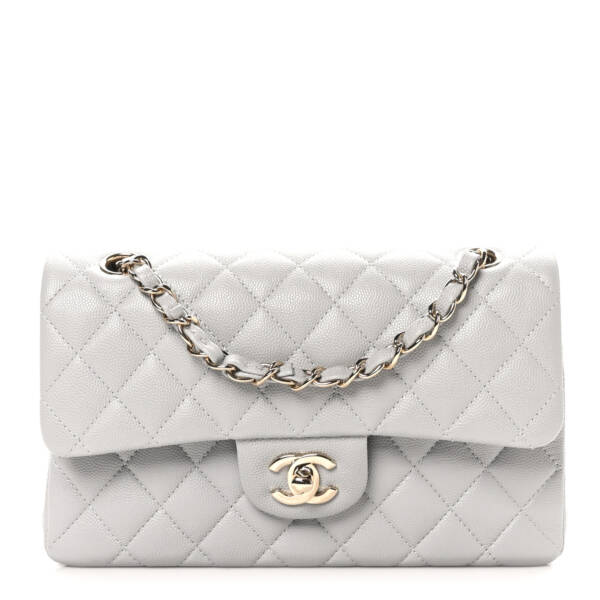
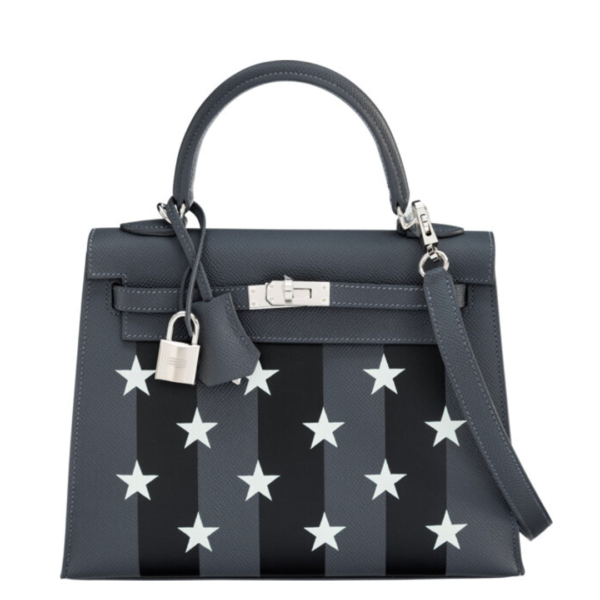

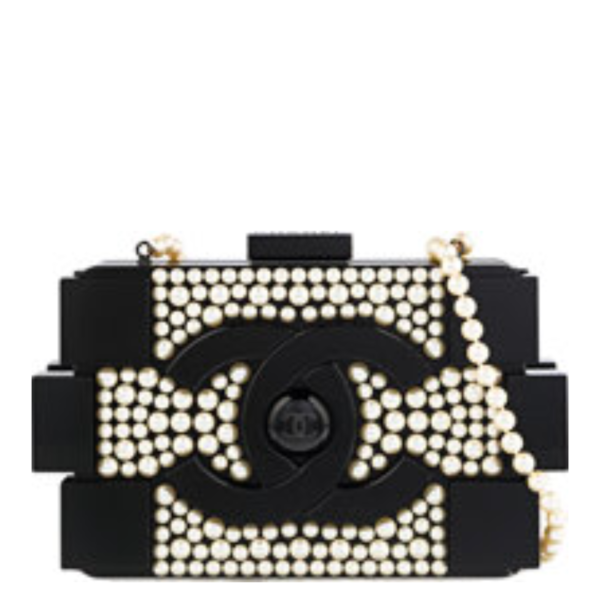
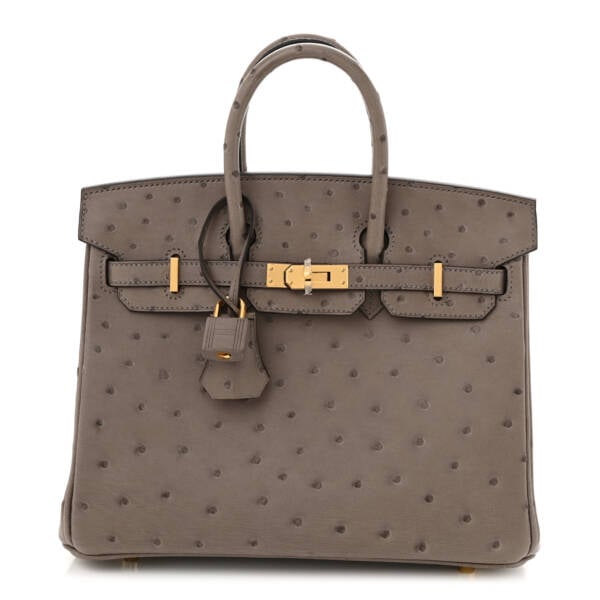
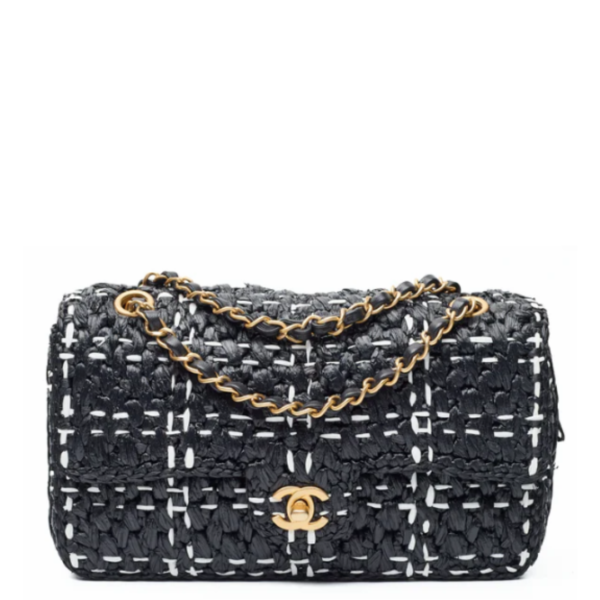
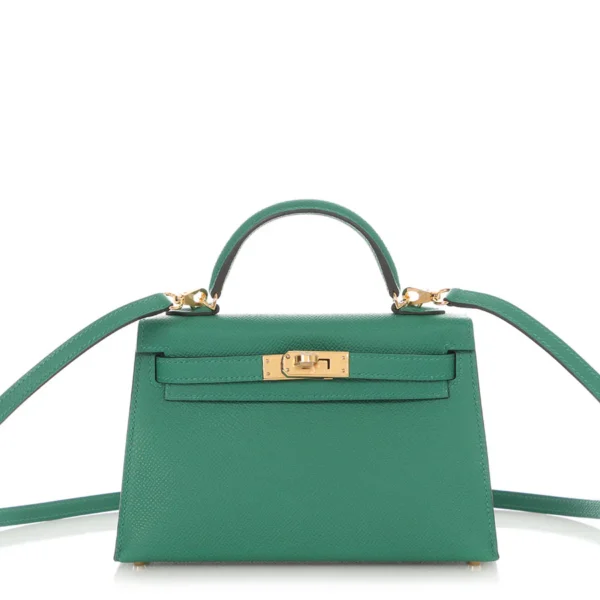


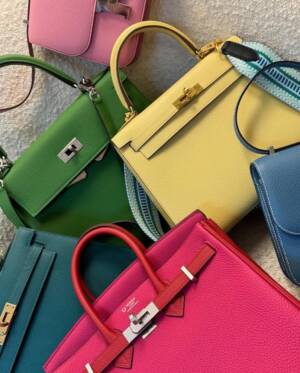
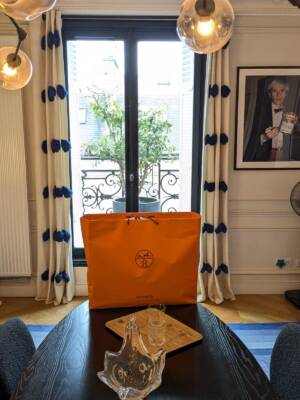

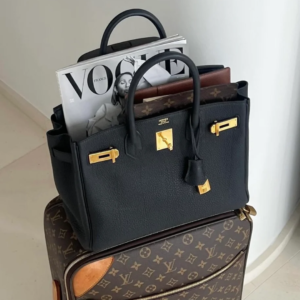



Comments
1 Responses to “Luxury Retail Between a Rock and a Hard Place”
hermes has worst instore service for overpriced, impractical products, I’r rather spend my money on other brands that acknowledge me and offer relevant unique bags for my busy lifestyle.